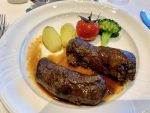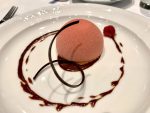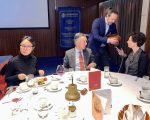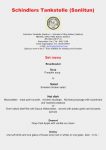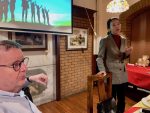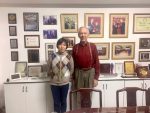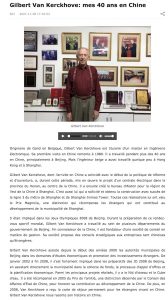Rotary Club of Beijing
On 7 December 2021 Rotary Beijing AGM in Kempinski Hotel for the Election of the 2022-23 Board and Officers.
With 13 members representing 29 members, the Beijing club Rotarians voted the following board members and club officers.
- President: PE Benoit
- IPP: P Didier
- PE – Still to be filled
- Treasurer – Rtn Kevin
- Secretary – Rtn René
- Vice-President – Rtn Jose
- Membership – Still to be filled
- Events Chair – Rtn Vivian
- Foundation – Rtn Mike K.
- Service – Rtn Ralf
- Youth / International –Rtn Gilbert
It is noted that PE and the membership chair for 2022-23 are still vacant and members are encouraged to volunteer.
Membership and events
At the meeting, the membership chair Hans reported on the changes and challenges of membership for the past six months. With many expatriate members moving out of China, it is increasingly difficult to recruit and retain members. It is paramount that our members bring in their friends and colleagues to continually renew our membership.
Event Chair Vivian reported on the previously held and soon-to-take-place events, presenting the diversity of speakers and topics. The members recognized and appreciated Rtn. Vivian’s effort and good work on organizing interesting and lively meetings and events.
New Project Announcement
The board has in the last month agreed for members to donate to Yuhua Home for the Mentally Challenged. Yuhua Home has a history of 20 years, nursing children and young adults with mental disability. With the funding dwindling since the start of the pandemic, Yuhua Home, like many other such institutions, faced the same dilemma of staying open and providing food and shelter for those in need. The donation will go toward buying the food during the winter months.







